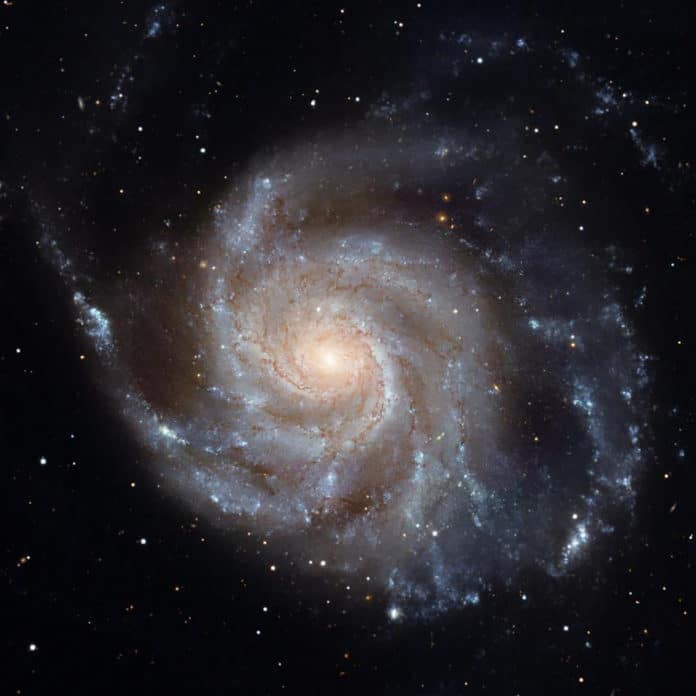Several years of observations and theoretical modeling have helped astrophysicists better understand how gas collapses to form new stars in galaxies. But, not all galaxies are actively star-forming. Such galaxies have an abundant population of “quiescent” objects, including stars, at significantly lower rates.
What stops star formation in galaxies? For two decades, scientists have been exploring the answer to this question.
A new study which aimed to figure out the same seems to found what might be responsible.
The study involves using machine learning and three state-of-the-art simulations to back up results from a large sky survey. Those three simulations were EAGLE, Illustris, and IllustrisTNG. The simulations help scientists determine what we would expect to see in the real Universe, as observed by the SDSS when different physical processes were halting star birth in massive galaxies.
The machine-learning algorithm was then applied to classify galaxies into star-forming and quiescent, asking which of three parameters: the mass of the supermassive black holes found at the center of galaxies, the total mass of stars in the galaxy, or the mass of the dark matter halo around galaxies, best predicts how galaxies turn out.
These parameters allowed scientists to determine which physical process is at work that forces galaxies into semi-retirement.
According to the simulations, the supermassive black hole mass is the most important factor in putting the brakes on star formation. Most importantly, the results matched with the observations of the local Universe.
Joanna Piotrowska, a Ph.D. student at the University of Cambridge, said, “It’s really exciting to see how the simulations predict exactly what we see in the real Universe. Supermassive black holes – objects with masses equivalent to millions or even billions of Suns – really do have a big effect on their surroundings. These monster objects force their host galaxies into a kind of semi-retirement from star formation.”
The work will be presented today at the virtual National Astronomy Meeting (NAM 2021).
